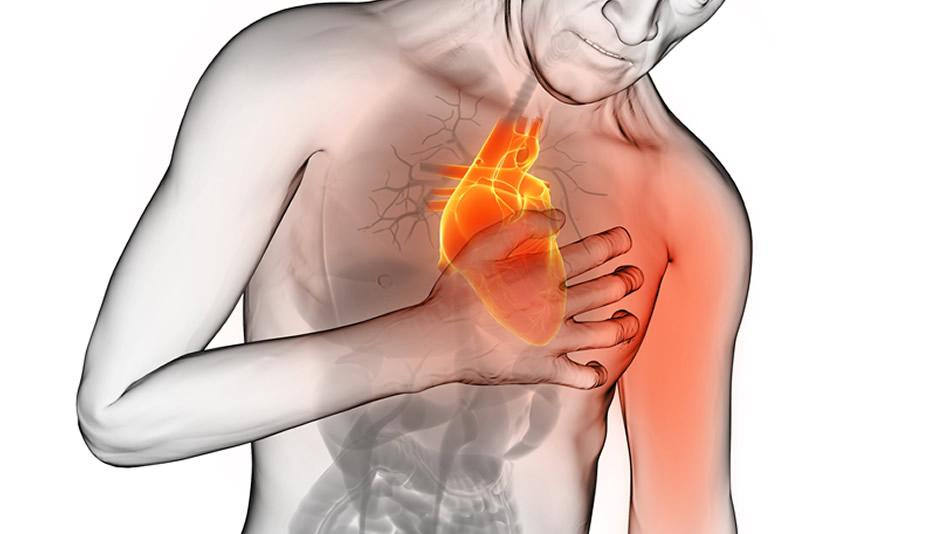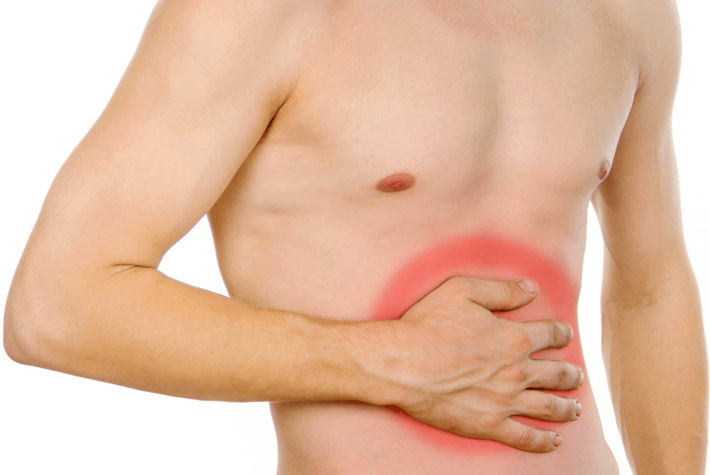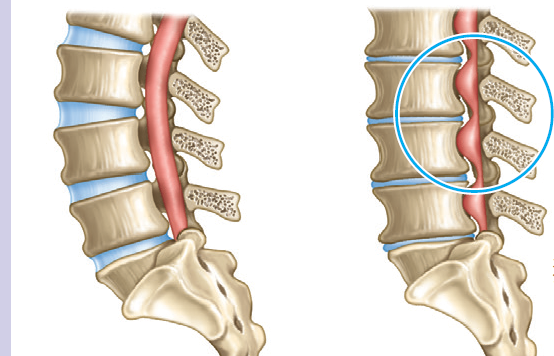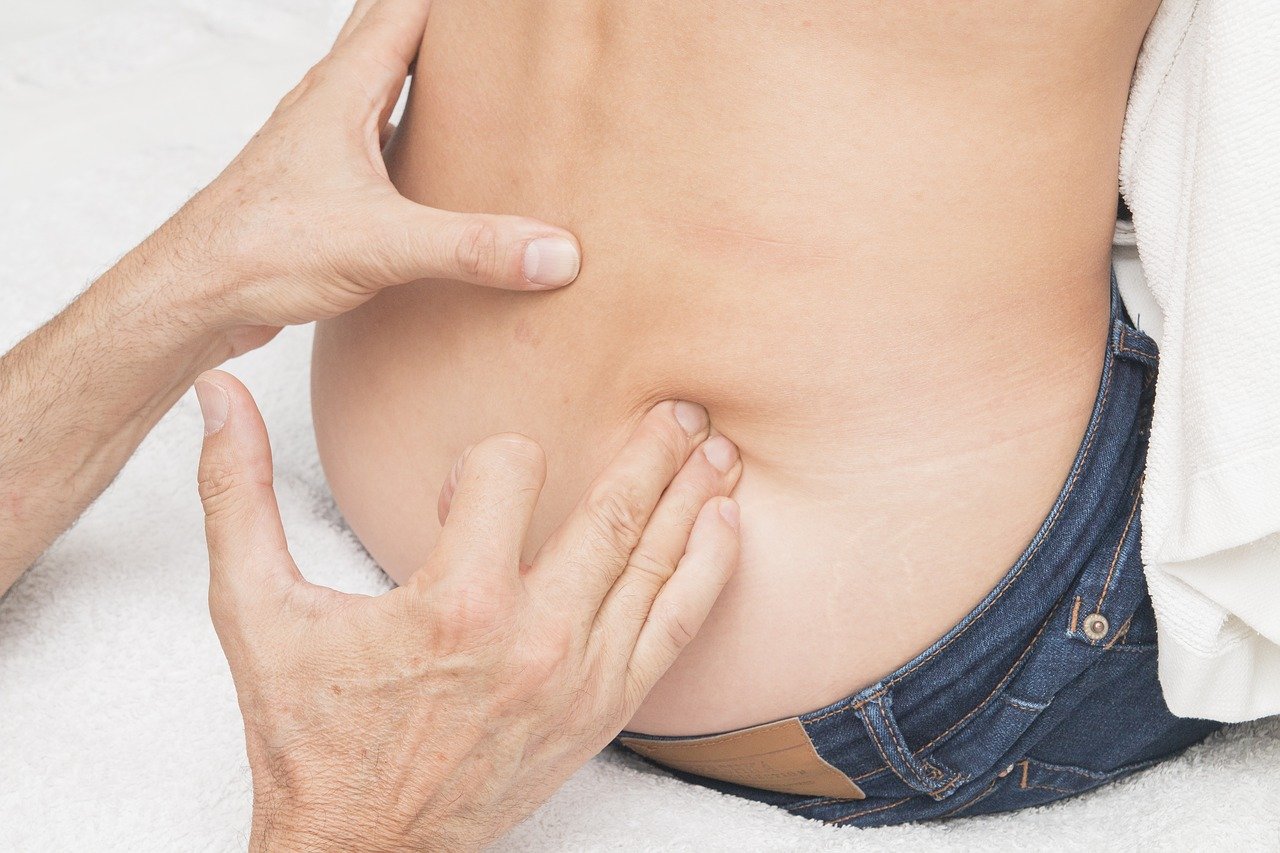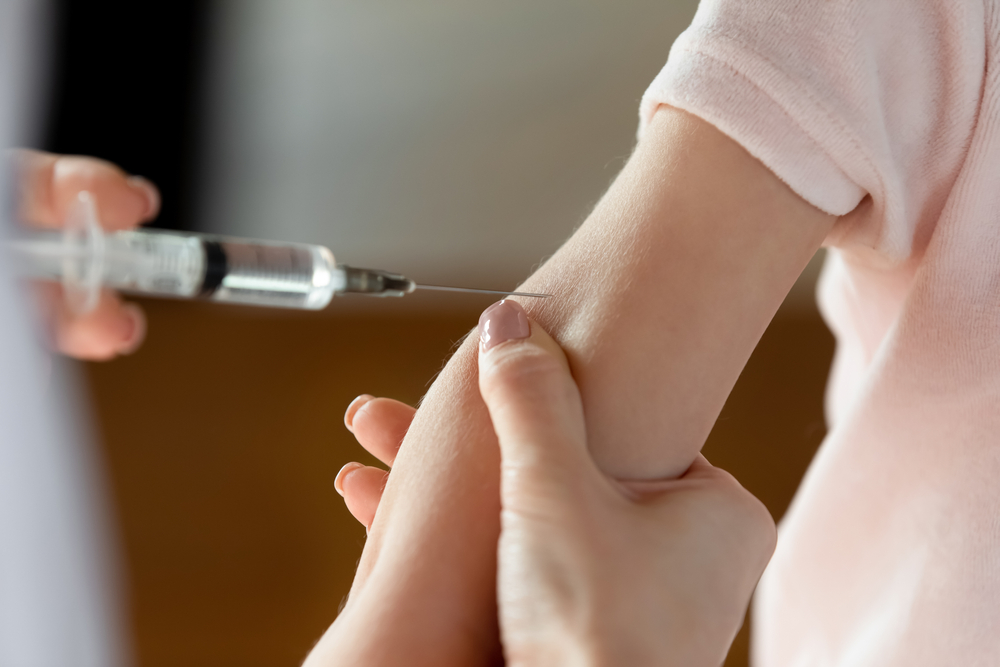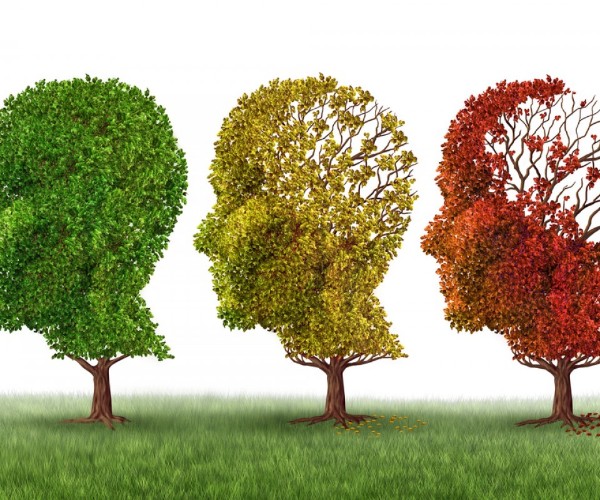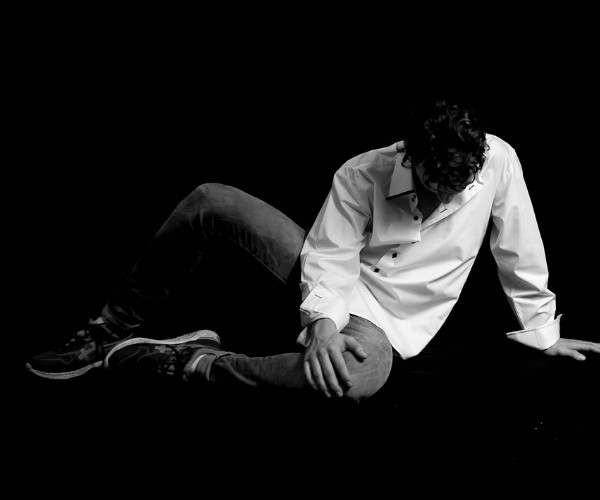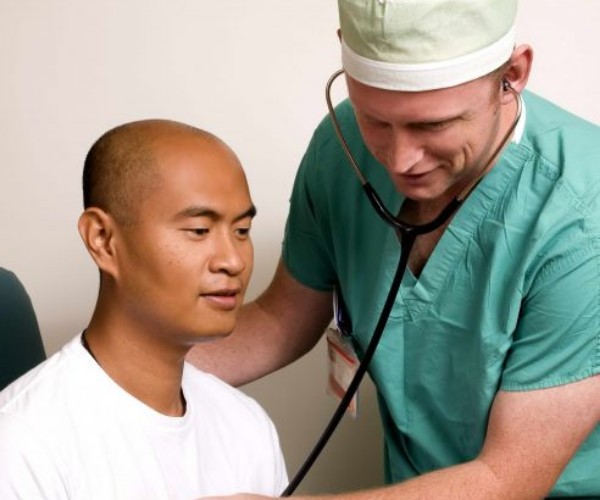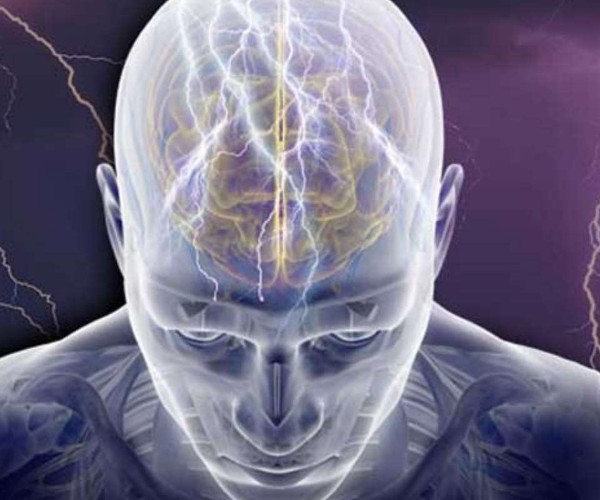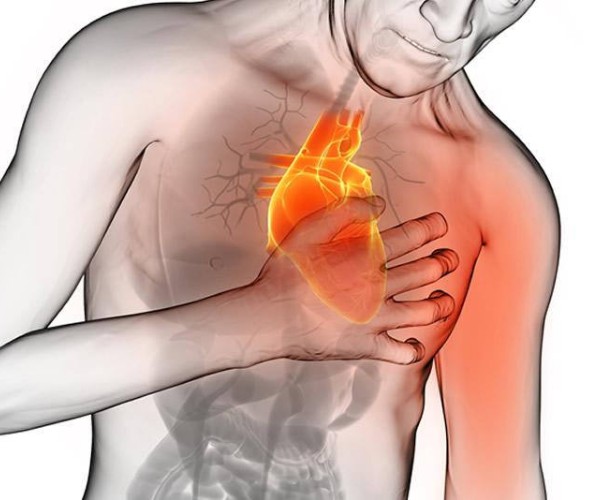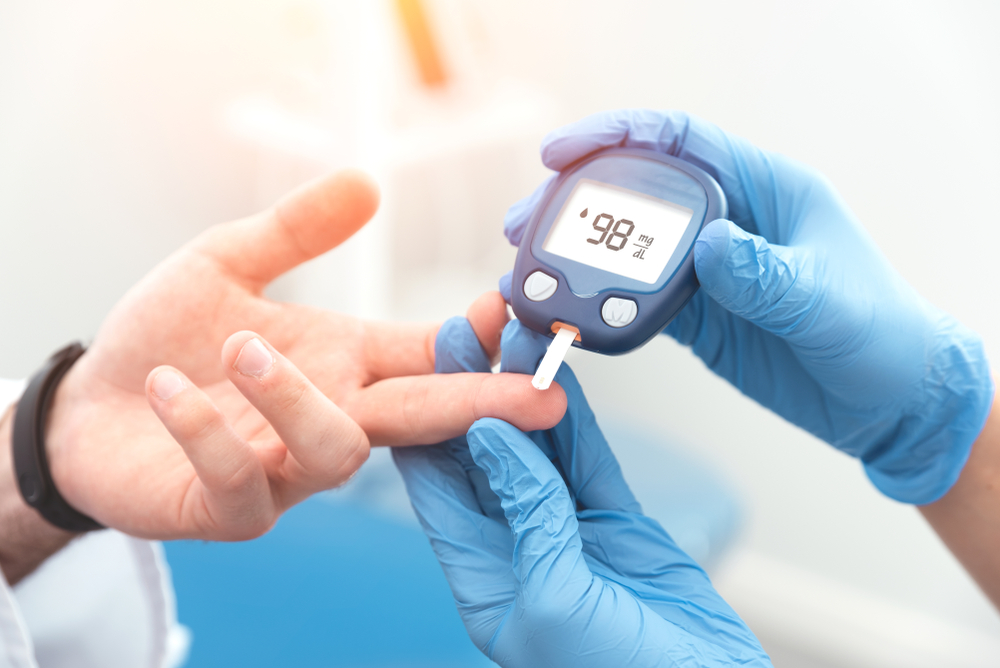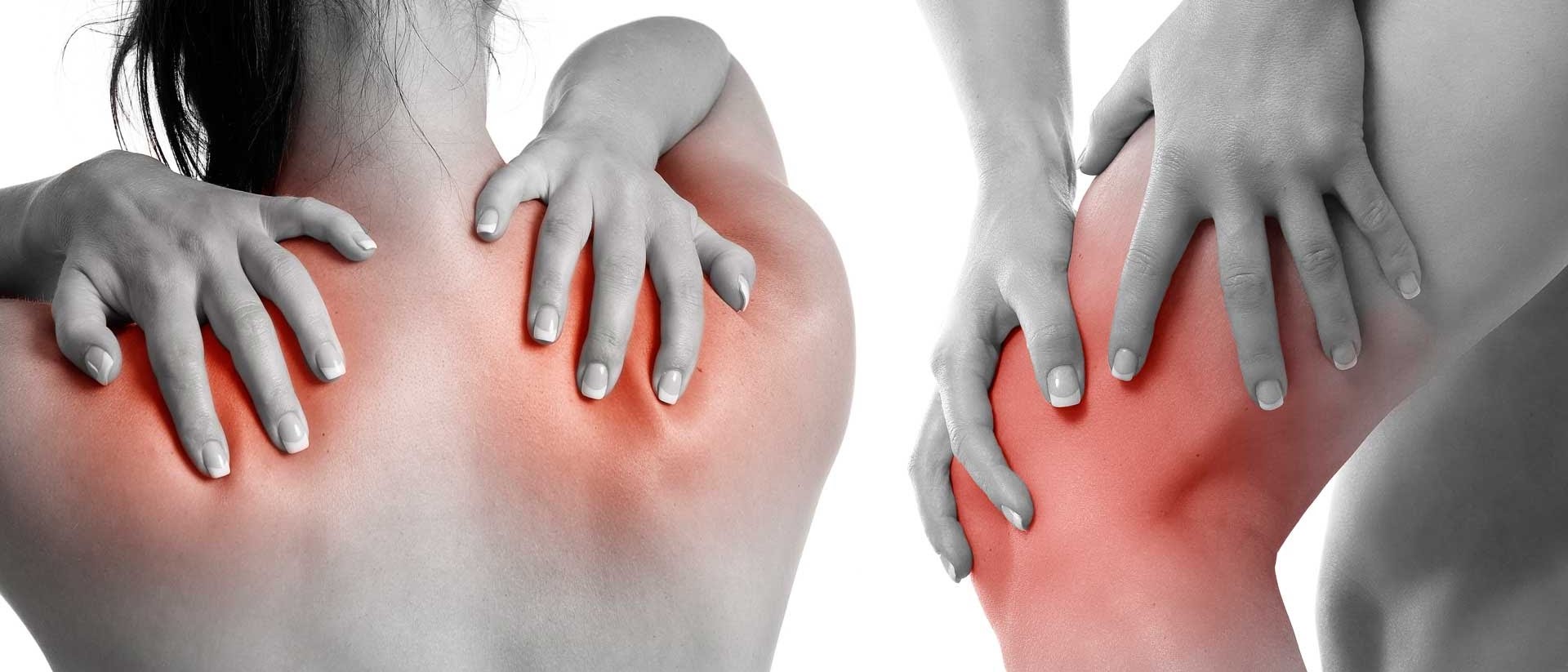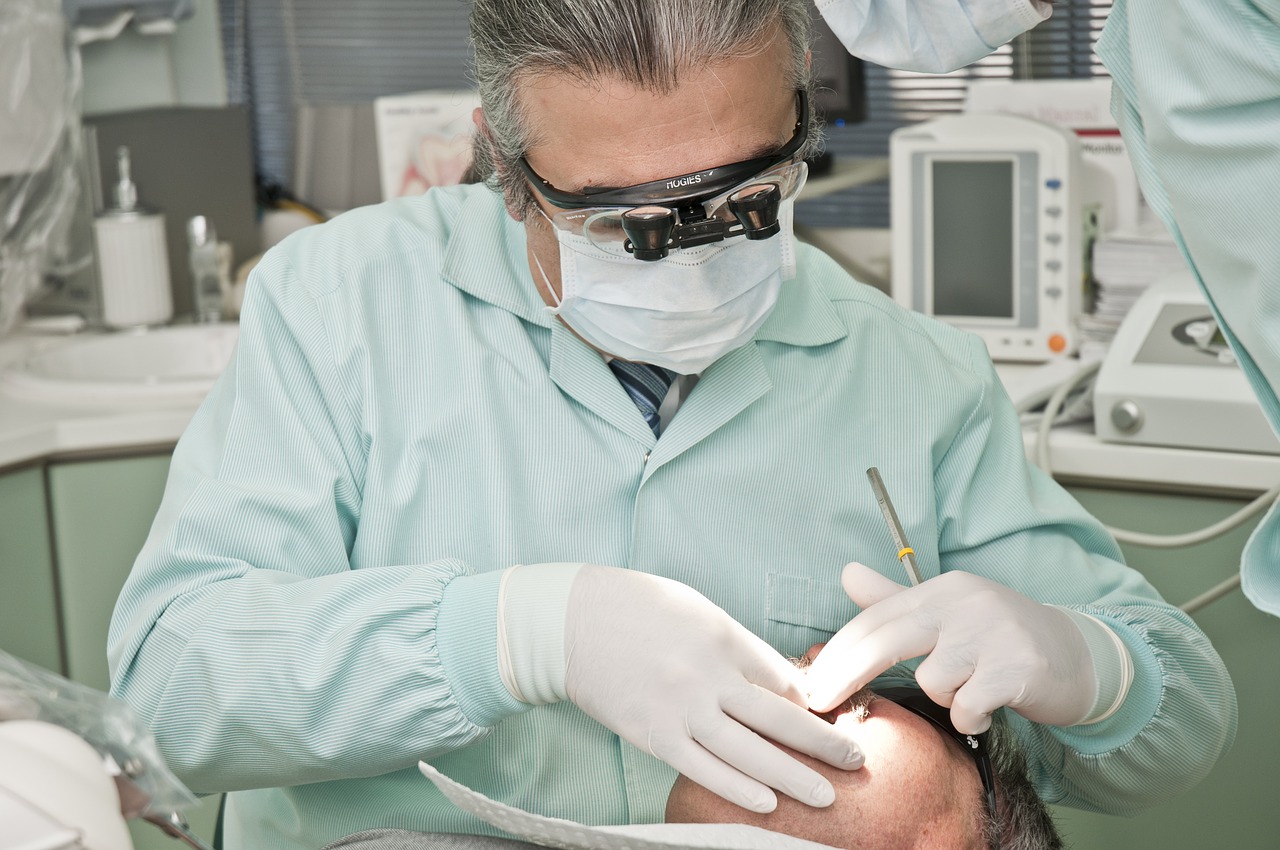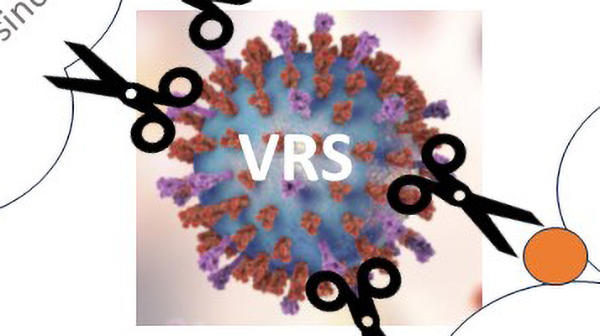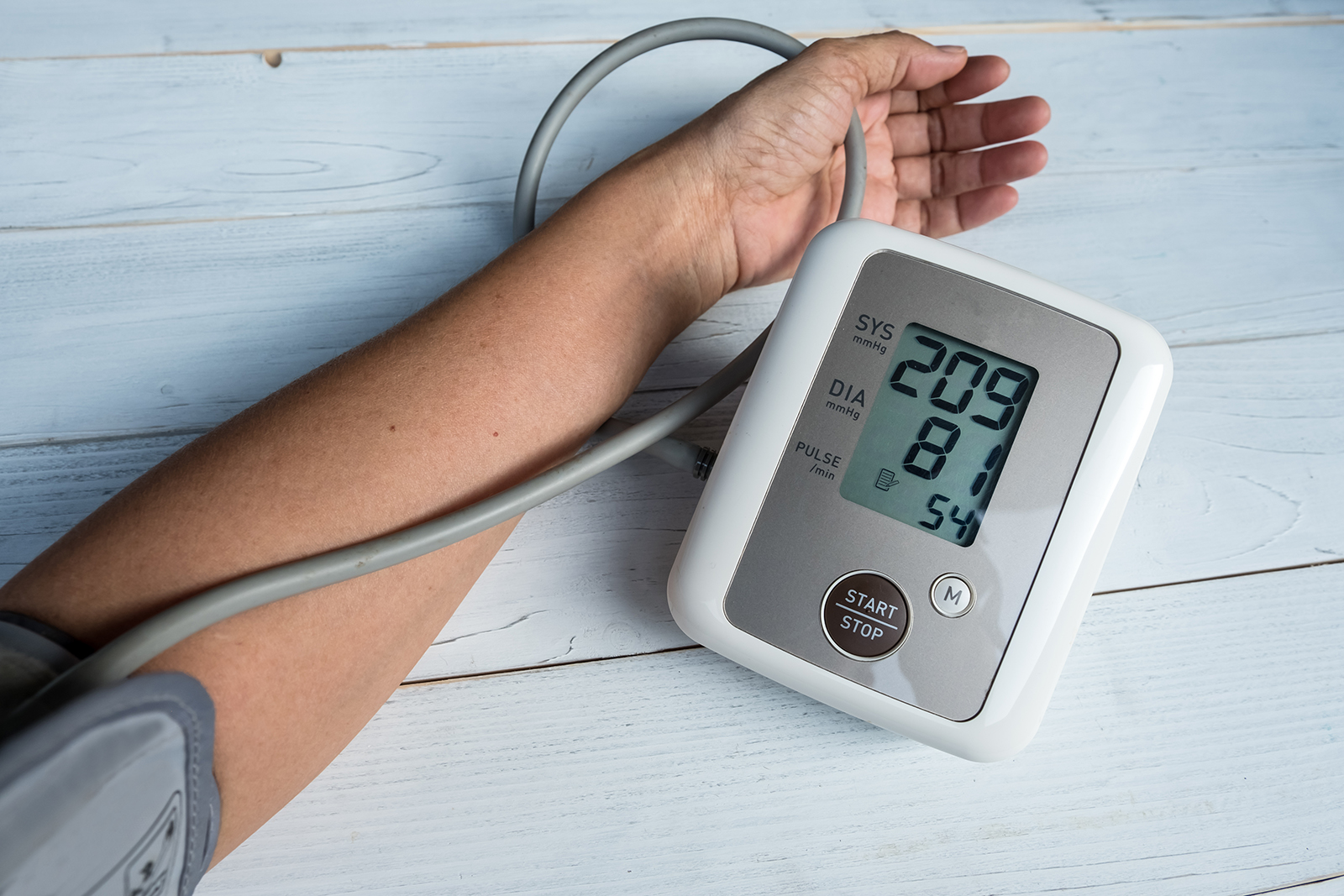When the physician or cardiology specialist approaches the person who is having a’acute ischemia of myocardium there is a frenetic type of behavior aimed at the prompt solution of ischemia through the well-known drug treatments, and there is hardly time to consider the person with his or her life story and difficulties.
This attitude of sanitarians is not only understandable but also necessary at the time of urgency.
As it gradually fades in the days that follow without giving way, however, to the human doctor-patient encounter, the patient finds himself, in the coronary unit attached to his monitors that become his companions in the room and in his illness, so much so that, when the time comes to detach himself from those wires, it almost feels like a new cut of the umbilical tubes.
The patient thus finds himself experiencing moments of panic. He feels lost by no longer being in constant control of his heart function.
The distress of the sick person is all concentrated there in the fragility of his heart, and at every moment he tries to substitute himself for the machine by trying to perceive the messages or better yet the symptoms sent by his heart. It is common to find post-infartuaries who believe that their life is over that they will no longer be able to do any kind of activity that requires them to make some kind of effort that they will just have to sit in an armchair for most of the day that his sexuality is dangerous and that they will have to control their emotions to the point of flattening them completely.
In the post-acut phase, the phase that usually coincides with rehabilitation, the cardiac patient is in the proper psychological condition to think back on what happened to him with proper detachment. It is important to realize that rehabilitation is not about a set of restrictions or a list of rigid rules but on the contrary it is about renewing that vital spirit put to the test by thecardiac insult.
Minor psychiatric history or otherwise feelings of sadness related to life events are not uncommon in the history of these patients. The opportunity for the patient to carry out together with the psychotherapist a kind of life review therefore appears to be of utmost importance both for resolving any stresses still present and for reducing psychopathological symptoms, but also for an opportunity for healing by minimizing complications or relapses of the disease.
Author: Paolo Catanzaro, psychiatrist.
Excerpted from: The emotional crisis of the heart patient.




